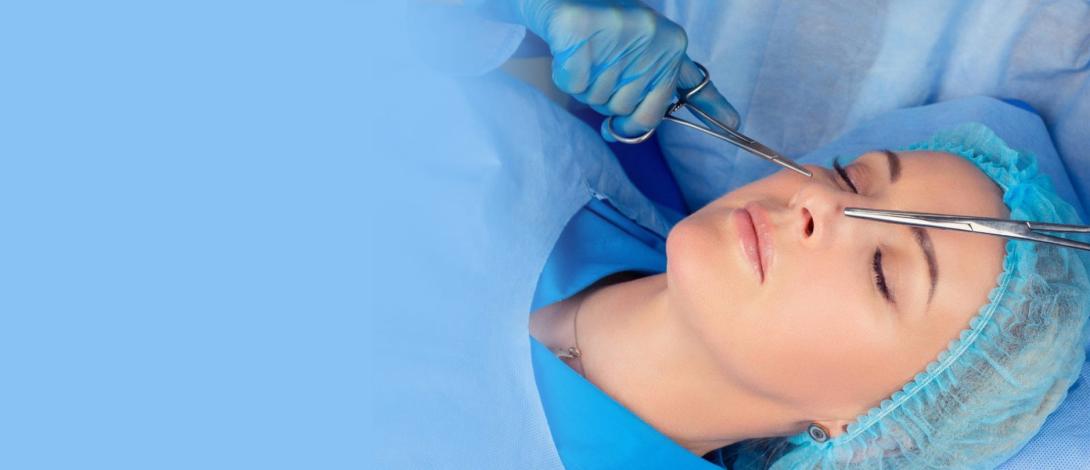
Rhinoplasty surgery in riyadh recovery, while generally manageable, requires patience and diligent adherence to post-operative instructions. In Riyadh, where the climate can be hot and dry, specific considerations may further influence the healing process. Here's expert advice on rhinoplasty recovery, tailored to the Riyadh context:
Immediate Post-Operative Period (First Week):
- Rest and Elevation:
- Rest is crucial during the initial days. Keep your head elevated, even while sleeping, to minimize swelling and bruising. Use extra pillows to prop yourself up.
- Cold Compresses:
- Apply cold compresses to the nasal area and cheeks for the first few days to reduce swelling and discomfort. Follow your surgeon's instructions regarding frequency and duration.
- Nasal Packing and Splint:
- You may have nasal packing or a splint in place. Avoid touching or adjusting them. Your surgeon will remove them during a follow-up appointment.
- Medications:
- Take prescribed medications, such as pain relievers and antibiotics, as directed by your surgeon.
- Hydration:
- Stay well-hydrated by drinking plenty of water. This is especially important in Riyadh's dry climate.
- Avoid Strenuous Activity:
- Avoid any strenuous activities, heavy lifting, or bending over during the first week.
Subsequent Weeks and Months:
- Swelling and Bruising:
- Swelling and bruising will gradually subside over several weeks. However, some residual swelling may persist for several months, particularly in the nasal tip.
- Nasal Congestion:
- Nasal congestion is common during the initial weeks. Use saline nasal spray or drops to keep the nasal passages moist.
- Sun Protection:
- Protect your nose from sun exposure, especially in Riyadh's intense sunlight. Use sunscreen with a high SPF and wear a hat when outdoors.
- Avoid Nose Blowing:
- Avoid blowing your nose for several weeks. If you need to clear your nasal passages, gently dab with a tissue.
- Diet:
- Maintain a healthy diet rich in fruits and vegetables to promote healing.
- Follow-Up Appointments:
-
Attend all scheduled follow-up appointments with your surgeon. These appointments are essential for monitoring 1 your healing progress and addressing any concerns.
-
- Exercise:
- Gradually resume light exercise after a few weeks, but avoid strenuous activities for several months. Consult your surgeon before returning to your regular exercise routine.
- Patience:
- Be patient with the healing process. It can take up to a year or more for the final results of rhinoplasty to become fully apparent.
Riyadh-Specific Considerations:
- Dry Climate:
- The dry climate in Riyadh can exacerbate nasal dryness. Use saline nasal spray or a humidifier to keep your nasal passages moist.
- Sun Exposure:
- Riyadh's intense sunlight requires extra precautions to protect your healing nose. Use sunscreen with a high SPF and wear a wide-brimmed hat.
- Heat:
- Avoid excessive heat exposure, as this can increase swelling. Try to stay in cool enviroments when possible.
- Dust and Sand:
- Protect your nose from dust and sand, which can irritate the nasal passages. Wear a mask if necessary.
When to Seek Medical Attention:
- Excessive Bleeding:
- If you experience excessive bleeding, contact your surgeon immediately.
- Severe Pain:
- If you experience severe pain that is not relieved by medication, seek medical attention.
- Signs of Infection:
- Watch for signs of infection, such as increased redness, swelling, warmth, or pus.
- Difficulty Breathing:
- If you experience difficulty breathing, seek immediate medical attention.
By following these expert tips and being mindful of Riyadh's specific climate, you can optimize your rhinoplasty recovery and achieve the best possible results.

